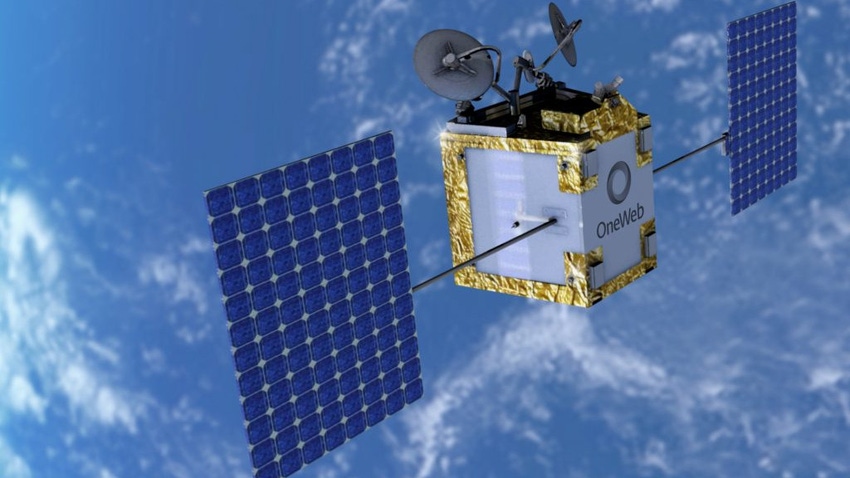Telstra kicks off LEO backhaul upgrade with Eutelsat OneWeb
Slightly later than expected, Australian incumbent Telstra has begun switching its remote mobile sites over to Eutelsat OneWeb's low Earth orbit (LEO) satellite network.
February 13, 2024

Until now, these sites have been served by geostationary (GEO) satellites. These are OK when it comes to providing capacity, but their distance from the surface can cause latency issues, which is not ideal as more and more customers demand highly-responsive, real-time services.
Telstra tapped up OneWeb for LEO backhaul connectivity last summer. Under the deal, OneWeb agreed to provide 25 Gbps of capacity to connect hundreds of cell sites.
The backhaul switchover was due to begin at the end of 2023, and now, a little later than announced, the programme has finally kicked off.
According to iTnews Australia, the first OneWeb-connected site has gone live in Oxford Falls, north of Sydney. In a press release, OneWeb said another 300 or more base stations will be switched over to its network over the next 18 months.
"We are delighted to support Telstra in delivering consistent, leading-edge connectivity to its customers in Australia, regardless of location. We are honoured to count Telstra among our most trusted partners, with whom we will continue to collaborate to test and deploy current and future technology," said Cyril Dujardin, co-general manager of Eutelsat's connectivity business unit.
As previously-announced, Telstra plans to use OneWeb satellites to backhaul new base stations slated for deployment in remote areas too.
The backhaul partnership followed extensive testing by Telstra of OneWeb's network in 2022. It explored LEO technology's potential use, not just for backhaul, but for IoT services, emergency services connectivity, home broadband and smart agriculture services.
"There's also potential for OneWeb, as a backup backhaul solution, to improve reliability in areas where terrestrial backhaul is susceptible to natural disasters, and where communities find themselves in isolation to have a LEO backhaul that guarantees that level of quality service," said Iskra Nikolova, Telstra executive for network and technology.
Alongside OneWeb, Telstra is also working with Space-X's LEO unit, Starlink. Established last June, the partnership paves the way for Telstra to begin reselling Starlink service bundles to both consumers and enterprises.
Telstra said in a November update that it has been trialling Starlink with select enterprise customers and planned to extend availability to a broader base of corporate clients in time for services to go live in mid-January. It's not clear whether that service has actually been launched though.
Telstra said at the time it also planned to share more details about its consumer Starlink offering early this year.
Australia, being the large, sparsely-populated country that it is, lends itself well to satellite services, but there is proving to be global demand for satellite services delivered by telcos.
Late last month, Analysys Mason predicted that satellite-related telecoms revenues will grow by $32.5 billion between 2022 and 2027. In addition, it expects satellite solutions to account for 40% of the growth in telco enterprise connectivity revenue between now and 2027.
"Telcos that rely exclusively on terrestrial networks will miss revenue opportunities and fall behind their competitors," Analysys Mason warned.
The research firm identified backhaul, alongside rural satellite terminals, direct-to-device (D2D) services, enterprise comms, and private connectivity as key growth areas.
"Telcos' satellite strategies need to fit into their overall action plan; they should prioritise their target verticals and take advantage of their existing capabilities," Analysys Mason said.
With its deals with both Starlink and Eutelsat OneWeb, Telstra looks to be ahead of the game.
You May Also Like






.png?width=300&auto=webp&quality=80&disable=upscale)


_1.jpg?width=300&auto=webp&quality=80&disable=upscale)


.png?width=800&auto=webp&quality=80&disable=upscale)